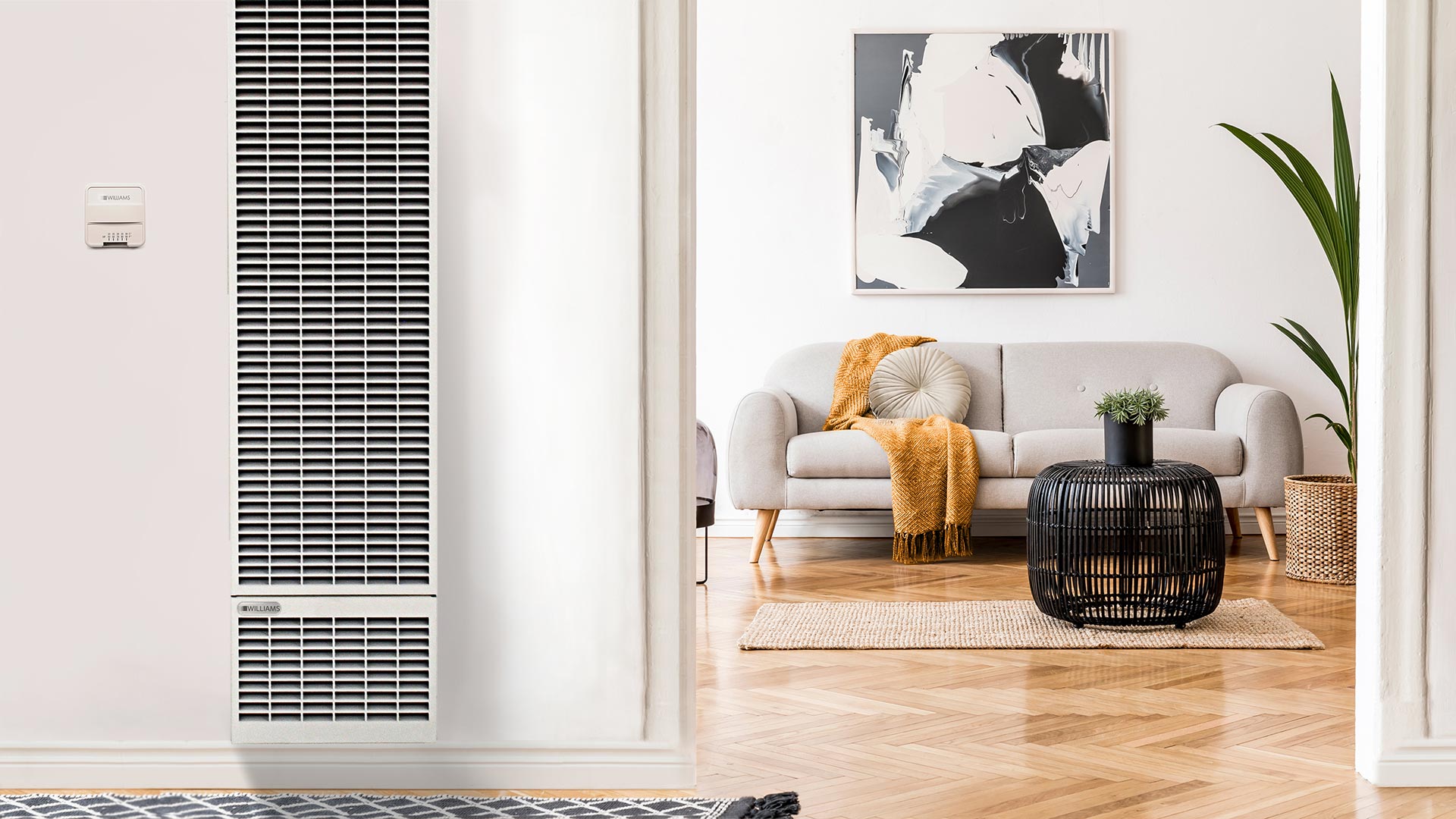TJOPT
New Member
Good day great people …
Let me lay the foundation for my question. I am building a 1560 ft2 home. I am putting up a 12.8 solar array with 28.6 kWh battery bank. This is a starting point with battery storage but for see the potential for needing more. Time will answer this question. I will be tied to the grid as backup when the array fails to provide for my needs.
My question is regarding heat in the winter. I will have 2 mini splits put in that I am sure I will manage on a general day. However, last year the temps in Southern Illinois dipped to such a level the mini split where I am at now did not work. I had to supplement with electric “radiator” style heaters.
I am asking for some wisdom regarding having redundant heat source. I do have access to wood but am trying to avoid the labor involved. I also can do propane. However, I would like to use solar based if possible. Here are some options I have thought of. Sand battery (if you have plans and experience please let me know), re-wire baseboard heaters to dc but my concern is to carry me at night, add additional batteries to carry the “radiator” style heaters.
I am assured there is enough collective wisdom to help guide me … thanks to all in advanced
Let me lay the foundation for my question. I am building a 1560 ft2 home. I am putting up a 12.8 solar array with 28.6 kWh battery bank. This is a starting point with battery storage but for see the potential for needing more. Time will answer this question. I will be tied to the grid as backup when the array fails to provide for my needs.
My question is regarding heat in the winter. I will have 2 mini splits put in that I am sure I will manage on a general day. However, last year the temps in Southern Illinois dipped to such a level the mini split where I am at now did not work. I had to supplement with electric “radiator” style heaters.
I am asking for some wisdom regarding having redundant heat source. I do have access to wood but am trying to avoid the labor involved. I also can do propane. However, I would like to use solar based if possible. Here are some options I have thought of. Sand battery (if you have plans and experience please let me know), re-wire baseboard heaters to dc but my concern is to carry me at night, add additional batteries to carry the “radiator” style heaters.
I am assured there is enough collective wisdom to help guide me … thanks to all in advanced



